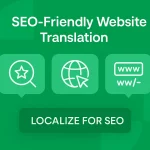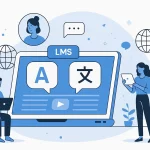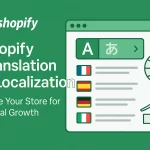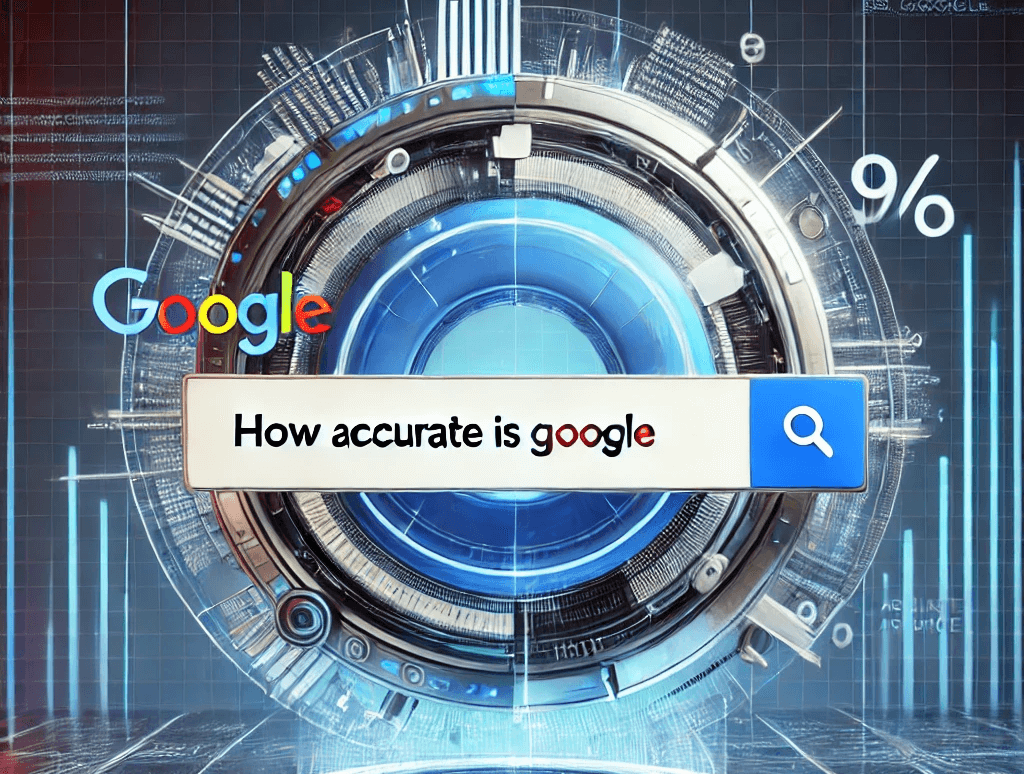Introduction to Google Translate
Google Translate is the most widely used machine translation that Google has launched. In its primordial form, it is as complex as converting text from one language to another and provides individuals with the ability to converse in a number of languages and even think in them.
It is an important tool that facilitates most of the modern translations of languages in order to enable them to communicate and understand each other despite the huge differences in languages all over the world with just a click of a button.
It is done this way: the algorithms further expand the polynomial input, using the result of operating with more than a trillion of data, and offer precisely translated text. It should be borne in mind, though, that the generality of these transactions is not completely accurate.
How Google Translate Works
Here’s how it works:
Language Detection: As Google Translate sits there waiting for you to type or speak words at it, the first thing it must do is identify the language you are using. They are incorporated with special algorithms that analyze areas within the phrases you have entered into.
Translation: After recognizing the language, Google Translate has a huge linguistic database of phrases or instructions that can help determine what a person says. And this is where artificial intelligence comes in. The AI calls on all the texts and translations that it has come across before to predict the best guess of what you are trying to transmit.
Natural Language Processing: This is a fancy way for me to say this, which is that Google Translate basically mimics the true thinking of human language, just as any human would. It seems in grammar recommendations, context, and common-usage expressions to guarantee the translation is logical and accurate.
Assessing the Accuracy of Google Translate Across Different Languages
Google Translate is only good in the sense that it gets the basic meanings of the words in a sentence correct, as this largely depends on the languages used. Actually, for certain language pairs, such as English and Spanish, it can be incredibly accurate. But for many people, especially in far more lesser-used languages, it may be less of a priority.
Another advantage of Google Translate is that it is fast and does not make the impression of being cluttered. They include translating one or two sentences, where the results can be acquired in a matter of mere seconds. This is particularly beneficial if you have primary source experience but may not always be effective for crucial papers or telephone calls.
However, Google Translate has quite poor accuracy compared to other options. It can fight with guards such as complex structures, metaphoric expressions and other shades inherent in positive languages alone. For example, it may fail to include culture-related details or translate certain words or phrases too literally, which could occasionally result in no experience.
Google Translate is a smart tool of artificial intelligence that swots the essence of various texts in different languages. Third, while it may be more accurate sometimes, particularly when referring to complex or far less frequent corresponding words and phrases, it is not always so.
Comparing Google Translate to Professional Human Translators
Google Translate is still a machine translator, so it can be good for some simple translations, whereby the translations it produces may not always be accurate. On the other hand, expert human translators usually provide high-quality translated outputs that are more accurate than those produced by machine translators.
However, one of the features of the differences between the L1 and L2 learning processes is the information context. While using Google Translate may be convenient, humans are able to appreciate finer details such as puns, proverbs, jokes and cultural allusions that may be accommodated by the search engine.
For instance, using such a translation as Google Translate will wrongly translate the English idiom “kick the bucket” since the translation will consider it “a container used for holding a bucket of water” instead of understanding that it refers to death.
Let it be mentioned that even such languages as English or German, when translated side by side, do not completely overlap in grammar. That is why there may be many more mistakes in some sentence construction.
When to Use Google Translate and When to Hire a Professional
Google Translate can be a useful tool for instantaneous translations. However, using it for important documents that require professional translation, such as legal, business or even medical documents, maybe a very dangerous approach to take.
Here’s why:
Accuracy: As with any computer-aided language translation service, Google Translate is bound to give certain nuances a wrong meaning once in a while. These errors completely reverse the differentiation of the tricky pairs. If done in professional documents that are in legal or medical fields, then it may lead to a lot of issues.
Context and Tone: Professional translators understand what is at the back of the content material. It also helps that they keep the tone and message completely consistent. This is important, especially when it comes to passing indications, which is more and more important in sensitive areas where an incorrect impression can lead to costly mistakes.
Cultural Nuances: Language is not only a part of the web of culture, but it is also closely interwoven with it. The translation process in Google Translate may affect the cultural aspects and exclude significant nuances, which can lead to failures or misunderstandings.
Reliability: Most of them are thoroughly trained and have specialized in precise areas of translation. It presents accurate translations accompanied by sensitive facts.
Conclusion
Google Translate is a very useful machine for translating different languages. It simplifies the conversation globally as it helps reduce complicity. However, its limitations need to be observed, as well as accuracy issues and capability misconceptions.
They have to ‘start’ here and retranslate highly important translations twice for greater reliability. Google Translate has evolved to offer better calibrations and Localization for improved understanding over the years.
Subtitles

Professional and Accurate Subtitle Services for your Videos.
- Video subtitles specifically tailor-made for improving accessibility.
- Using highly experienced subtitlers with years of industry experience.
- Professionally written and expertly timed.
Translation

We help the world’s top companies translate their content in over 73 languages!
- We localize content for internet websites, games, travel, cryptocurrencies, and more
- Expand your global audience by adding different languages.
- We work only with qualified translators and experienced content creators
Audio translation

Ensuring full accessibility for Blind and visual impaired audiences.
- Visual descriptive events as they occur in the video.
- Working with top audio describers to perfectly describe what is happening on-screen
- Professional sound recording.










